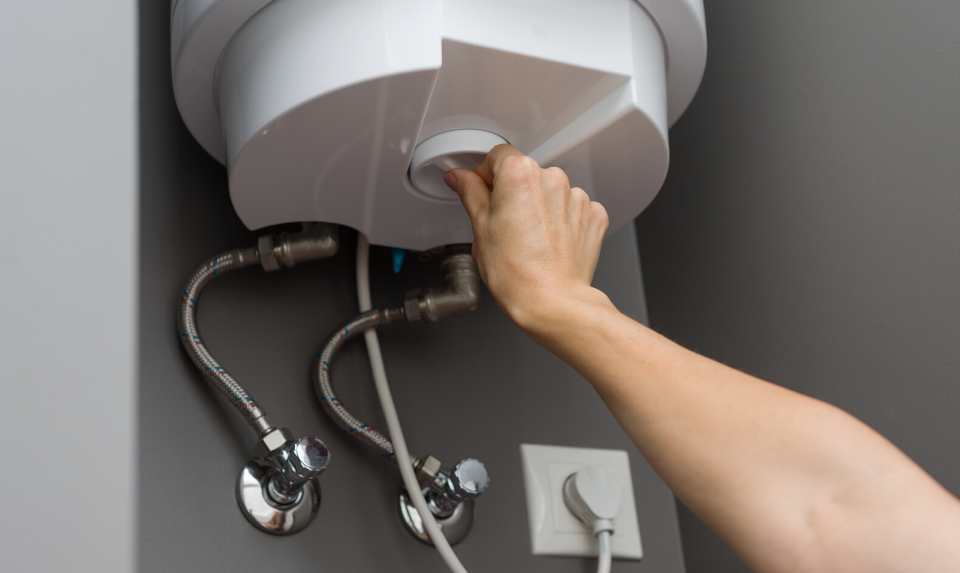Connecting your new water heater is only a fairly difficult task. The important ideas to remember are to take the actions in their proper order and to know that you are facing both water and power issues. Rather than overlooking the instructions, read them, avoid making assumptions, and, when in doubt, do not wait to call an expert. With that said, this guide features traditional water heater installation issues to be aware of.
Disruption from Power Source Must be Near and Lockable
For your safety, the first concern must be to deal with power. When operating on an electric water heater, you must have a way to guarantee the power stays off for the duration of the work being conducted. When the breaker panel is near the water heater, then utilizing the water heater circuit breaker is enough to finish this.
But, if the panel is not in view, you require to have a breaker, a disconnect switch, or a pull-disconnect box situated near the unit. Outside of those possibilities, you still can ensure the power shut off by utilizing a locking device that you can place right onto the water heater breaker switch placed in the central panel.
Protect Electrical Cords in Conduit
As old-fashioned systems give way to modern tried-and-true methods, you do not usually see a cord and plug to a nearby wall box within sight of the water heater anymore. But, if this is how your unit is attached, be certain to preserve your cord inside the usual flexible electrical conduit. For units that are connected in a separate chamber or an attic, this is not required.

Accessibility is Necessary
Out of sight does keep things out of mind, and this is no less accurate when it’s about water heaters. The lifespan of water heaters is about ten years, give or take. You should anticipate requiring to obtain the unit at some point. Even tankless models require maintenance at some point.
So, if it is housed in the loft, there should be decent ways in the form of a hard floor at least twenty four inches wide that runs to a thirty-inch square platform in front of the unit, not more than twenty feet from the hatch of the loft. At this opening, you have to need to have a switch to the water heater with a light source near the unit connected to a plug.
With Gas, Location is Everything
Except your gas water heater is housed in a dedicated place, it must never be locked. Housing a gas water heater in a bedroom, storage room, bathroom, or individual closets raises the danger of carbon monoxide poisoning.
Specific enclosures have thick weatherstripping with a self-closing door and combustion air from an external source. One would expect several things to go without saying, but it is shocking how, with gas, it bears repeating that flammables require a small clearance. You require at least six inches from a single-wall alloy vent or one inch for Type B double-wall.
Leaks are Very Rare with New Water Heater Installation
Since you are working with connections at both the cold-water inlet and the hot-water outlet, these are the apparent culprits for water leaks or drips. Sometimes leaks are connected with the connection around the Temperature and Relief Valve, or TPR, which can be repaired or tightened.
Checking the Power
A multimeter and circuit tester are useful if you want to check the power. You must take care to turn off the breaker when you reach the panel on the unit under the insulation and the cover.
The supply wires are normally the top two wires but examine your manual for assurance. Reconnect the breaker to check for voltage. Most household water heaters run on 220/240 volts. If it is not making the precise energy, this could be a problem with your home’s installation and a great time to get an expert electrician.
These are not all of the problems that you must be careful of when fitting a water heater. When placed inappropriately, there is potential for severe explosions, electrical shock because of flooding and the probability of contaminated water.

Be ready to get the needed building permit and final municipal inspection after fitting a new water heater in your residence to satisfy current security standards. There must be no short-cuts in the water heater installation.

